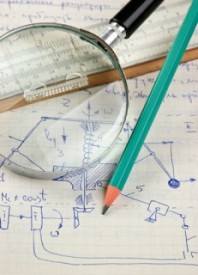Fields of competence

ROBOTNOR represents a unique synergy of academic and industrial expertise which allows us to counsel and comprehend a wide variety of tasks and projects. Our fields of competence are numerous and diverse.

On behalf of the European Space Agency (ESA), scientists from SINTEF, Thales Alenia Space and Terma are investigating the potential of 3D camera technologies to replace the current generation of cameras used by spacecraft and space rovers, opening up new opportunities in solving future space missions.
French-Italian Thales Alenia Space has significant experience with space missions, and has mapped the requirements for the new 3D camera. Based on these requirements, SINTEF has evaluated a wide range of Time-Of-Flight technologies, to determine their relative strengths and weaknesses in such a setting. This work has been based on SINTEF’s long-time experience in working with 3D sensors for the industry. The Danish company Terma, specialist in space sensor manufacturing, will build the first bread-board prototype around the most promising technologies, which then will be tested and evaluated by ESA and all three companies.